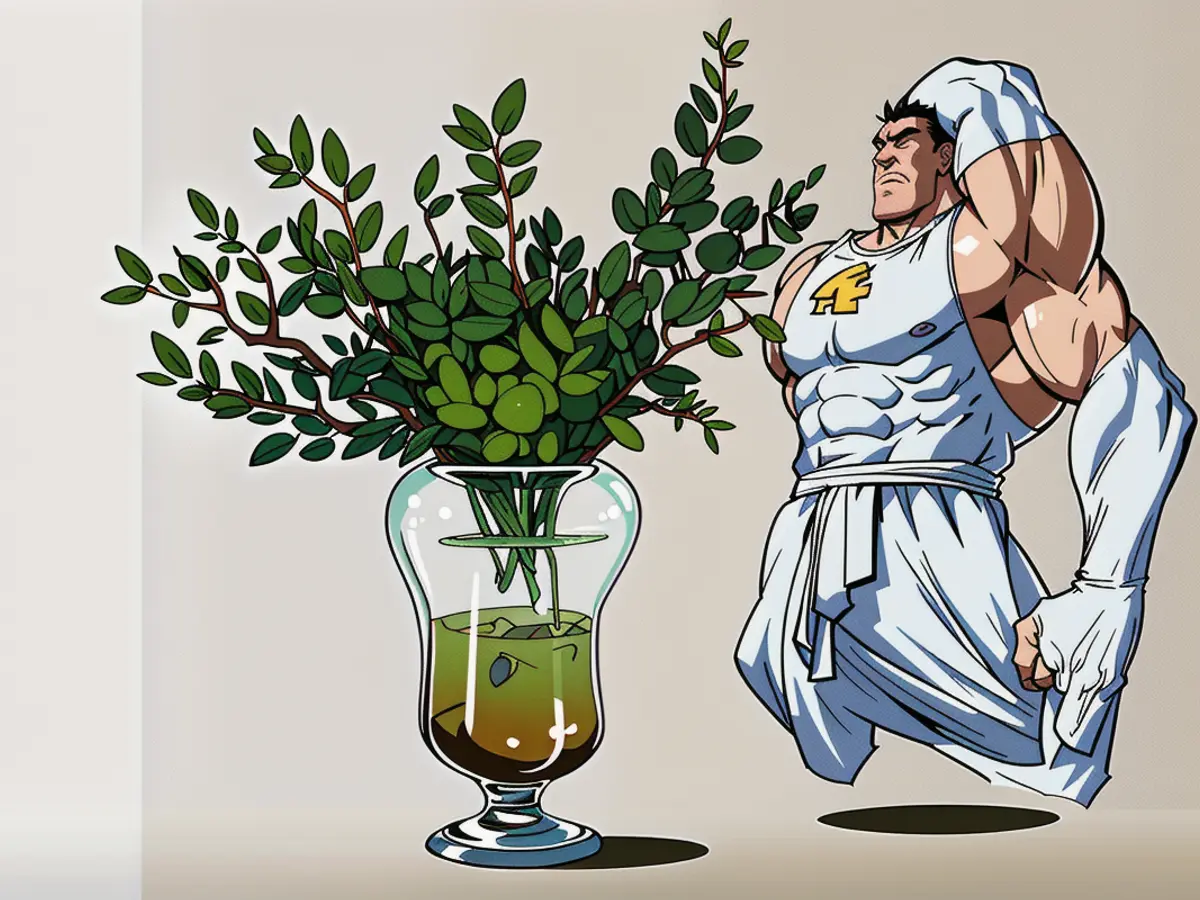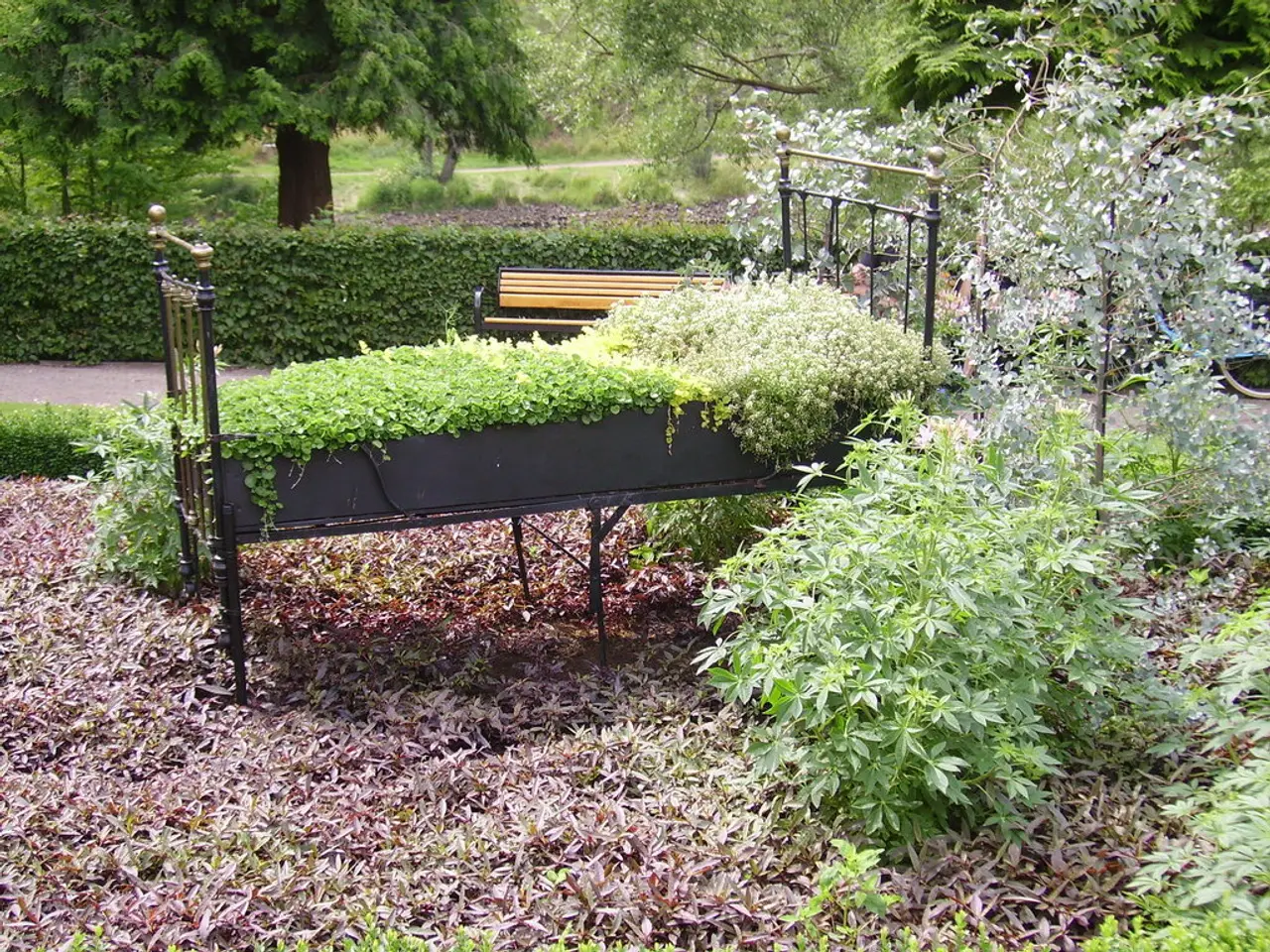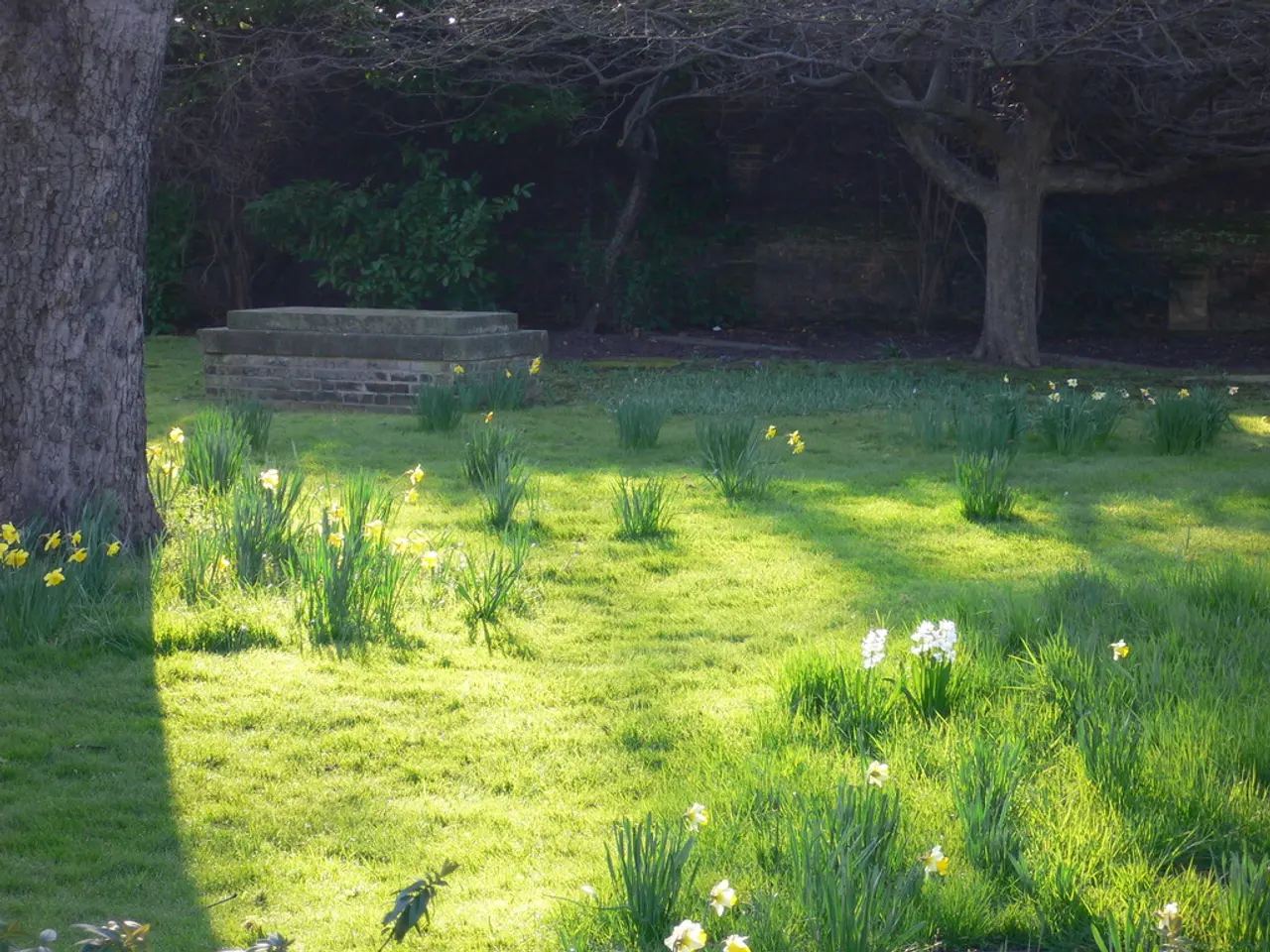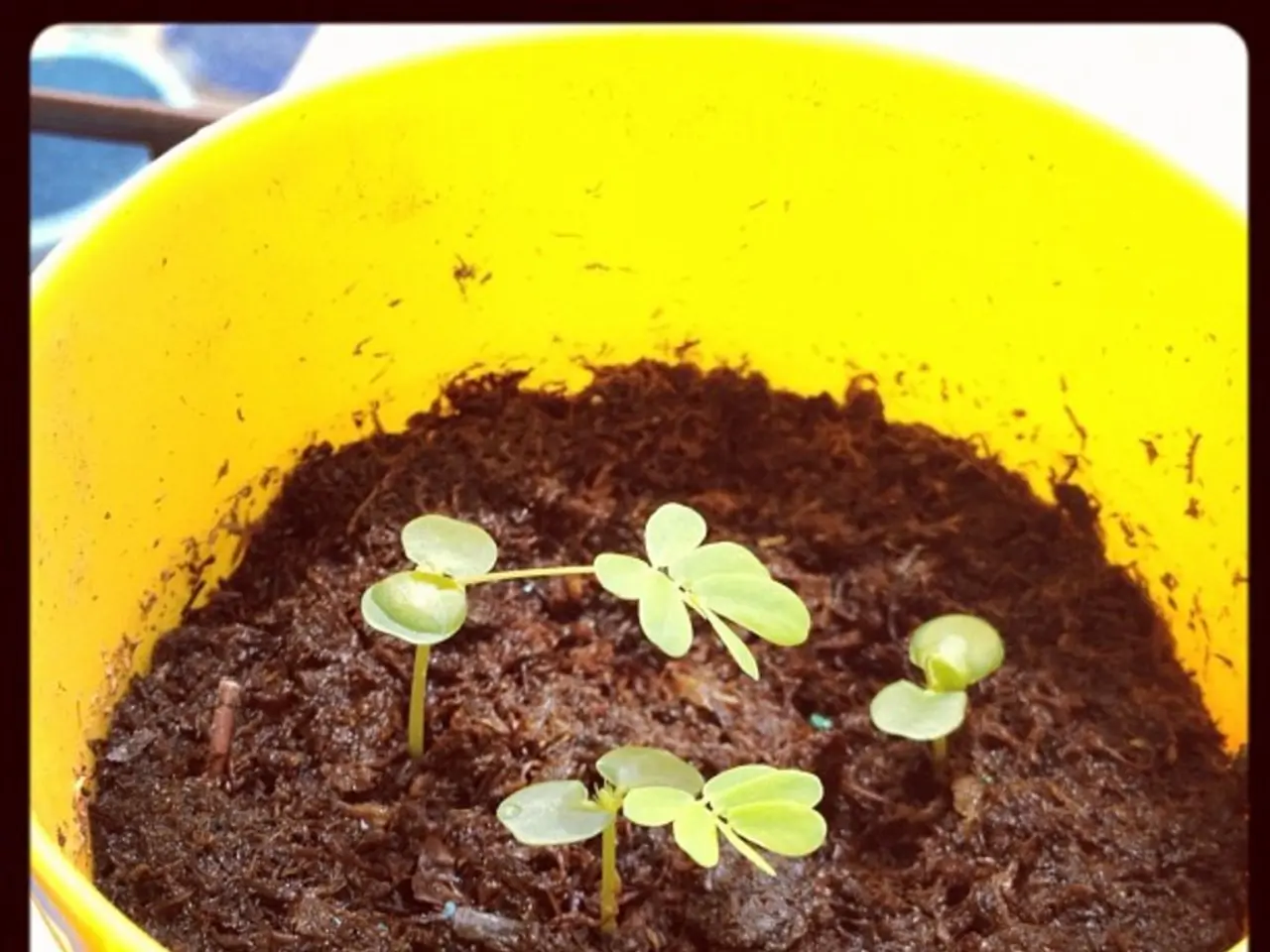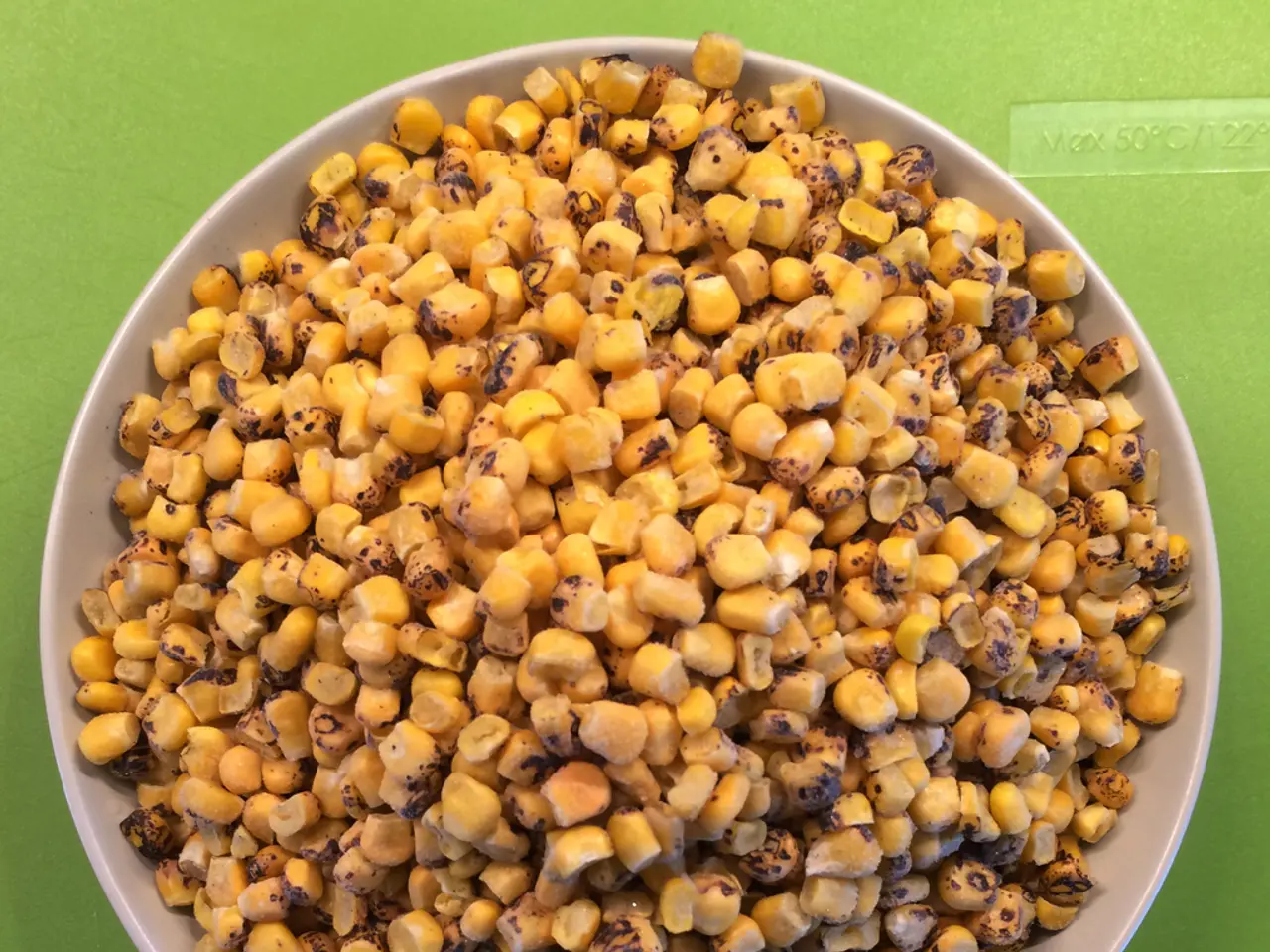Revitalizing a Jade Plant to Restore Its Vigor and Wellness
Jade plants, recognized by their glossy, plump leaves, are a popular choice for home gardeners due to their low-maintenance nature. However, even these resilient plants might require some TLC to maintain their luster. If your jade plant is looking a tad under the weather, there might be some necessary adjustments to its daily care routine. We chatted with gardening and houseplant experts to understand the common symptoms and tips to revive those succulent masterpieces.
Let's first identify if your jade plant is struggling by looking out for these signs:
- Yellowing, browning, or shriveling leaves
- Leaf drop
- Branches breaking or drooping
- Mushy stems or leaves
- Lack of growth
- White fluff on leaves
Now let's dive into the remedies:
Overwatering
Your jade plant's leaves will disclose if it's overwatered. In the initial stages, the foliage may start to wilt due to moisture loss. At this point, a change in lighting and watering schedule may be enough to revive your plant. If the situation is more severe, you'll need to explore deeper implications. Overwatered plants frequently face root rot; tackling this issue will require pulling the plant out of its pot, cutting away any blackened roots, and repotting it in drier soil.
Underwatering
If leaves are wrinkled or drooping, you'll need to help your jade plant rehydrate. Increasing watering frequency or giving your plant a good soak could be the answer. If the plant is completely dried out, a bottom-watering soak is recommended. Fill a container with water, place the plant pot inside, and leave it to soak for 10 to 15 minutes. Ensure that the soil on the surface is moist once the planter is removed.

Inadequate Light
Jade plants thrive in warm, bright conditions. If you notice a lack of growth, relocate your plant to a sunnier spot, but be mindful of not shocking it with a sudden transition. Instead, gradually introduce your plant to the sunlight to allow the leaves to adapt. A grow light can also be helpful, providing additional light if natural light isn't available.
Pest Infestation
If you notice white fluff on your jade plant, pests might be the culprit. In this case, separate the plant from other plants and clean it using neem oil or a homemade pest spray.
To prevent future issues, create optimal conditions for your jade plant. This includes fertilizing appropriately, avoiding temperature fluctuations, using an LED light if needed, and ensuring the soil is dry and well-draining.
By paying close attention to your jade plant's needs and addressing problems promptly, you can help it maintain its healthy, succulent state and enjoy its natural beauty for a long time.
Martha Stewart, known for her gardening expertise, often recommends jade plants for their ease of maintenance in house gardens. If your houseplants include a jade plant displaying symptoms like yellowing or browning leaves, leaf drop, brittle branches, mushy stems, or lack of growth, it might be time for some adjustments. Gardening and houseplant experts suggest that underwatering or overwatering could be the issue, as well as inadequate light or pest infestations. To ensure your jade plant thrives, it's essential to provide the right conditions by using well-draining soil, avoiding temperature fluctuations, fertilizing appropriately, and placing the plant in a sunny spot. Regularly check for signs of pest infestations and address these issues promptly with neem oil or homemade pest sprays. Following these tips can help you maintain the luster of your jade plant and keep it in its healthy, succulent state for a long time.
